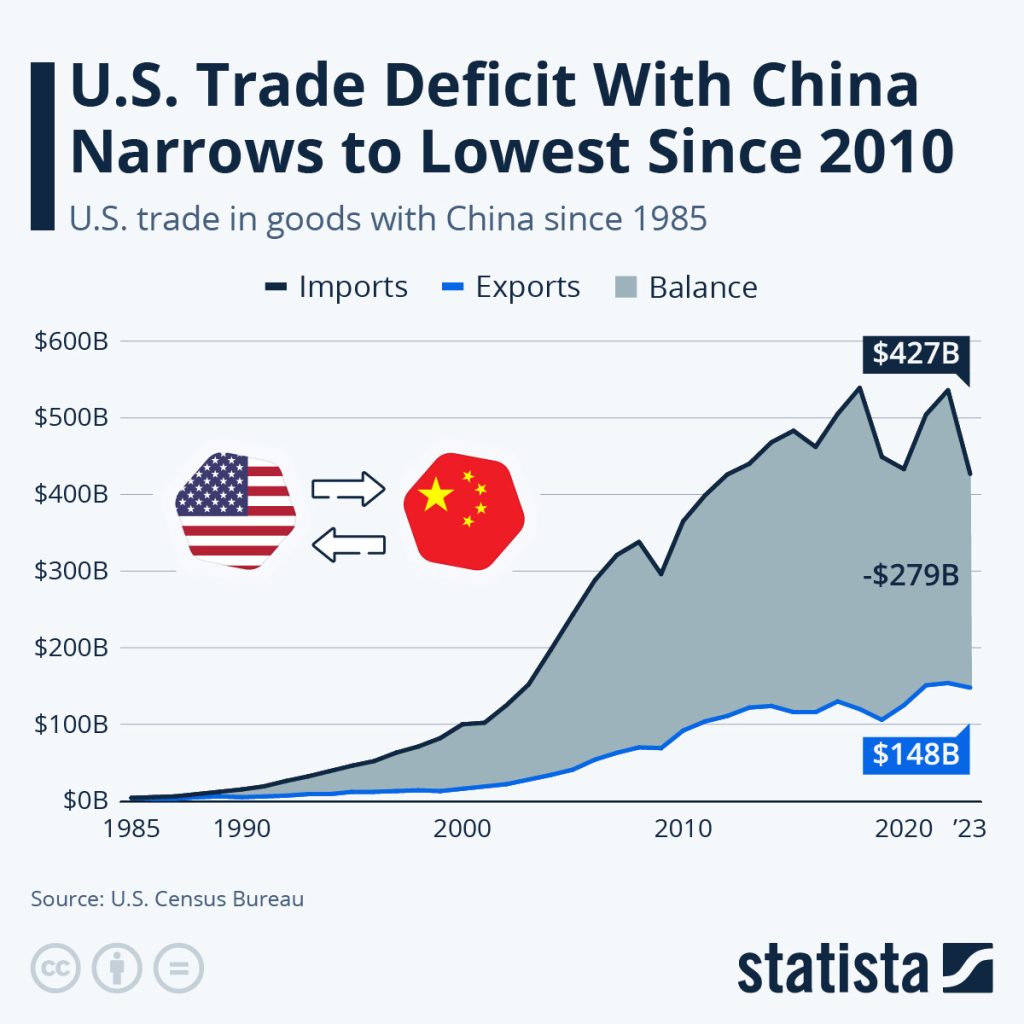Uber's Subscription Service For Drivers: Goodbye Commission?

Table of Contents
How an Uber Driver Subscription Service Could Work
The core concept of an Uber driver subscription service revolves around a shift from a purely commission-based model to one incorporating a recurring subscription fee. Instead of paying a percentage of each fare earned, drivers would pay a fixed monthly fee in exchange for various benefits. This Uber subscription model could significantly alter the financial landscape for independent contractors in the gig economy.
- Potential tiered subscription models: Uber might offer several tiers, each with varying benefits. A basic tier could offer a slightly reduced commission rate, while higher tiers might include priority dispatch (meaning more ride requests), access to exclusive promotions, and potentially even perks like vehicle maintenance discounts or bundled insurance programs.
- Flat monthly fee for reduced commission: The most straightforward model involves a flat monthly subscription fee in exchange for a drastically reduced commission per ride – perhaps even eliminating it entirely. This would offer more predictable income for drivers.
- Tiered pricing based on usage: Subscription tiers could be tailored to driver usage. Drivers who consistently work many hours and complete a high volume of rides might find a higher-tier subscription more economical than the current commission structure. Conversely, part-time drivers might opt for a lower-tier plan with fewer benefits.
- Bundled services: Uber could bundle additional services into the subscription, such as discounted vehicle maintenance at partner garages, access to preferred insurance providers, or even professional development resources for drivers.
Let's imagine a potential scenario. Currently, a driver might pay a 25% commission on each fare. An Uber subscription might offer a flat monthly fee of $150, reducing their commission to 10% or eliminating it entirely. For high-volume drivers, this could translate into significant savings and increased earnings. However, low-volume drivers need careful consideration to determine if the monthly fee outweighs the commission savings.
The Potential Benefits for Uber Drivers
An Uber driver subscription service holds several potential benefits for drivers, significantly impacting their financial stability and overall experience.
- Predictable income stream: The most significant advantage is the shift to a more predictable income. Instead of fluctuating earnings based on daily ride volume and demand, drivers would have a clearer understanding of their expenses, allowing for better financial planning and budgeting. This increased predictability is a major draw for many in the gig economy, seeking financial stability.
- Potential for increased overall earnings: For high-volume drivers, the reduction or elimination of commission could lead to a substantial increase in overall earnings. They would essentially be "buying" a higher percentage of their fares. The financial impact of this needs careful analysis based on individual driving habits and income.
- Enhanced financial stability: Predictable earnings contribute significantly to better financial planning. Drivers could more easily manage expenses, pay bills on time, and save for the future, reducing stress and enhancing overall well-being.
- Improved driver support: An Uber subscription model could include enhanced driver support resources. This might involve streamlined access to customer service, improved dispute resolution mechanisms, or even dedicated support lines for specific issues. Reduced administrative costs could be another potential benefit for subscribers.
Potential Drawbacks and Challenges of the Uber Driver Subscription
While the potential benefits are appealing, an Uber driver subscription isn't without potential drawbacks. A balanced perspective is crucial.
- Subscription cost: The monthly subscription fee itself could be a significant hurdle, particularly for low-volume drivers. If the fee exceeds their commission savings, the subscription becomes counterproductive. Careful analysis of individual driving patterns is vital to assess the feasibility of subscribing.
- Hidden fees: A concern is the potential for hidden fees or additional charges. Transparency will be paramount for Uber to ensure driver trust and acceptance. Clear and upfront communication about all costs associated with the subscription is essential.
- Impact on driver competition: The introduction of a subscription model could impact driver competition and the overall Uber driver market. Drivers who choose not to subscribe might find themselves at a competitive disadvantage, leading to potential inequities.
- Transparency and fairness: Concerns about transparency and potential for unfair practices are justified. Uber must ensure that the subscription model is fair, equitable, and free from exploitative practices. This requires robust oversight and continuous monitoring.
Comparison to Other Gig Economy Subscription Models
Several other gig economy companies have explored similar subscription models. Analyzing their successes and failures can provide valuable insights. For instance, some delivery services offer subscription-based benefits to their drivers, such as reduced fees or access to priority orders. A comparison of these models, including their pricing strategies, benefits packages, and overall success rates, is crucial to evaluating Uber's potential approach. Examining the market response to competitor strategies can inform Uber’s development and implementation plans, enabling them to learn from existing successes and avoid pitfalls.
Conclusion
The potential Uber driver subscription service presents a significant shift in the ride-sharing landscape. While it offers the allure of increased predictability and potential earnings for high-volume drivers, careful consideration of the monthly costs is necessary, particularly for low-volume drivers. Transparency and fairness are critical for ensuring driver acceptance and preventing potential inequities. While the details remain uncertain, this potential shift could significantly impact driver earnings and reshape the gig economy. Stay informed about this developing story and watch for official announcements from Uber regarding their potential driver subscription plans. Learn more about the changing dynamics of the gig economy and how you can navigate this evolving landscape. Keep checking back for updates on Uber's subscription service for drivers.

Featured Posts
-
 Scholar Rock Stock Drop On Monday Analyzing The Causes
May 08, 2025
Scholar Rock Stock Drop On Monday Analyzing The Causes
May 08, 2025 -
 Xrp Price Surge Is Trumps Influence The Reason
May 08, 2025
Xrp Price Surge Is Trumps Influence The Reason
May 08, 2025 -
 Cassidy Hutchinson Memoir Details Of Her Jan 6 Testimony And More
May 08, 2025
Cassidy Hutchinson Memoir Details Of Her Jan 6 Testimony And More
May 08, 2025 -
 Lahore Punjab Weather Update Eid Ul Fitr Forecast Next 2 Days
May 08, 2025
Lahore Punjab Weather Update Eid Ul Fitr Forecast Next 2 Days
May 08, 2025 -
 New Tariffs Impact Canadas Trade Deficit A 506 Million Reduction
May 08, 2025
New Tariffs Impact Canadas Trade Deficit A 506 Million Reduction
May 08, 2025
